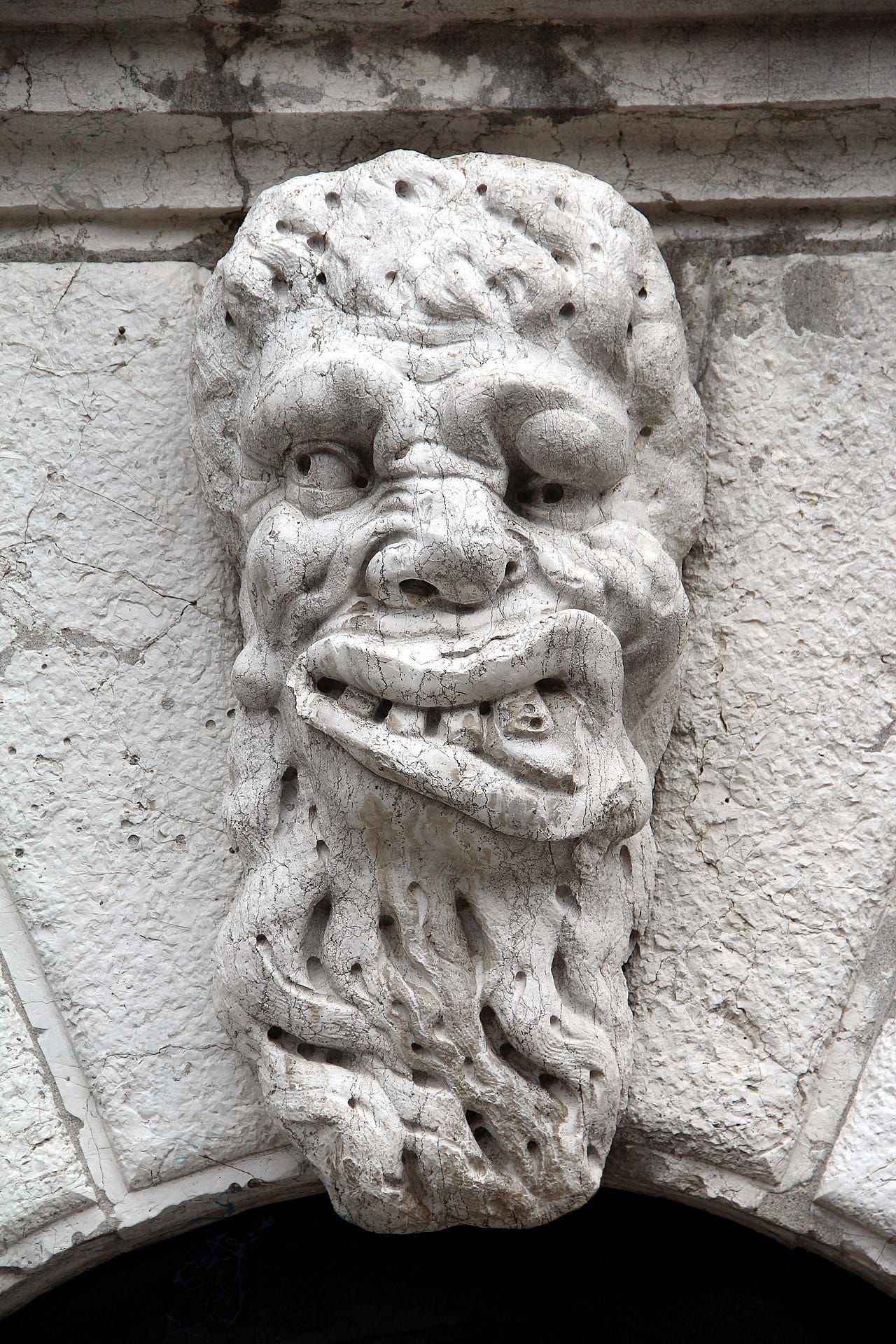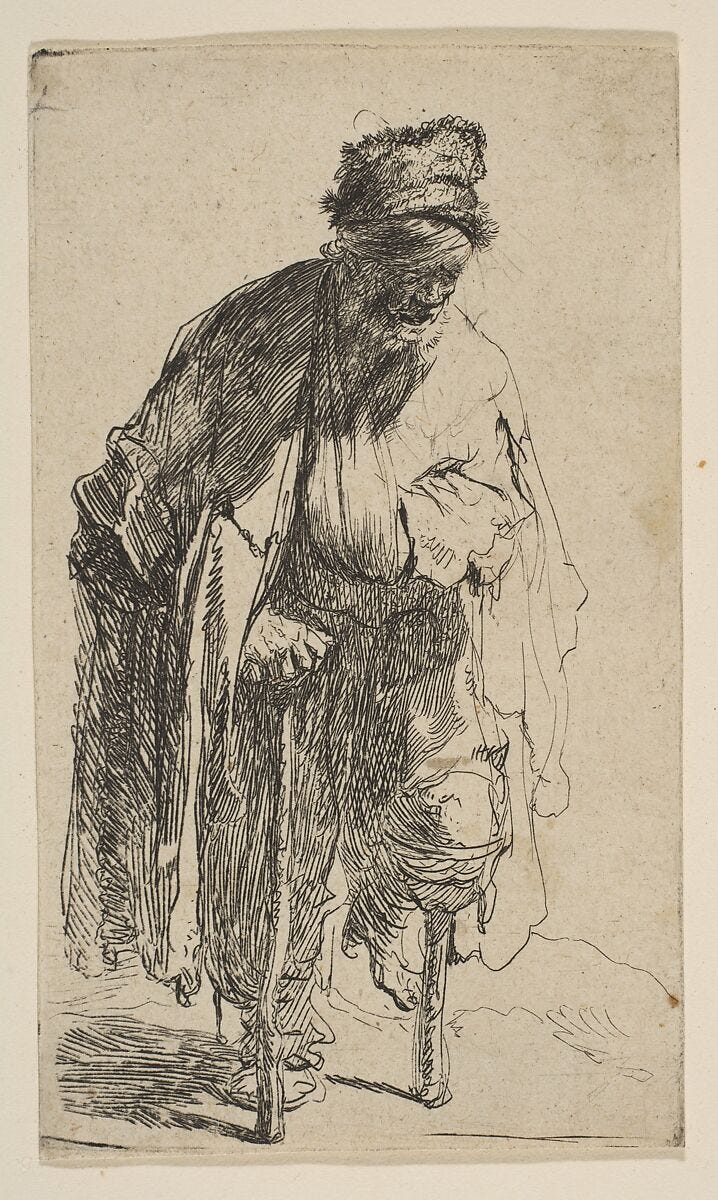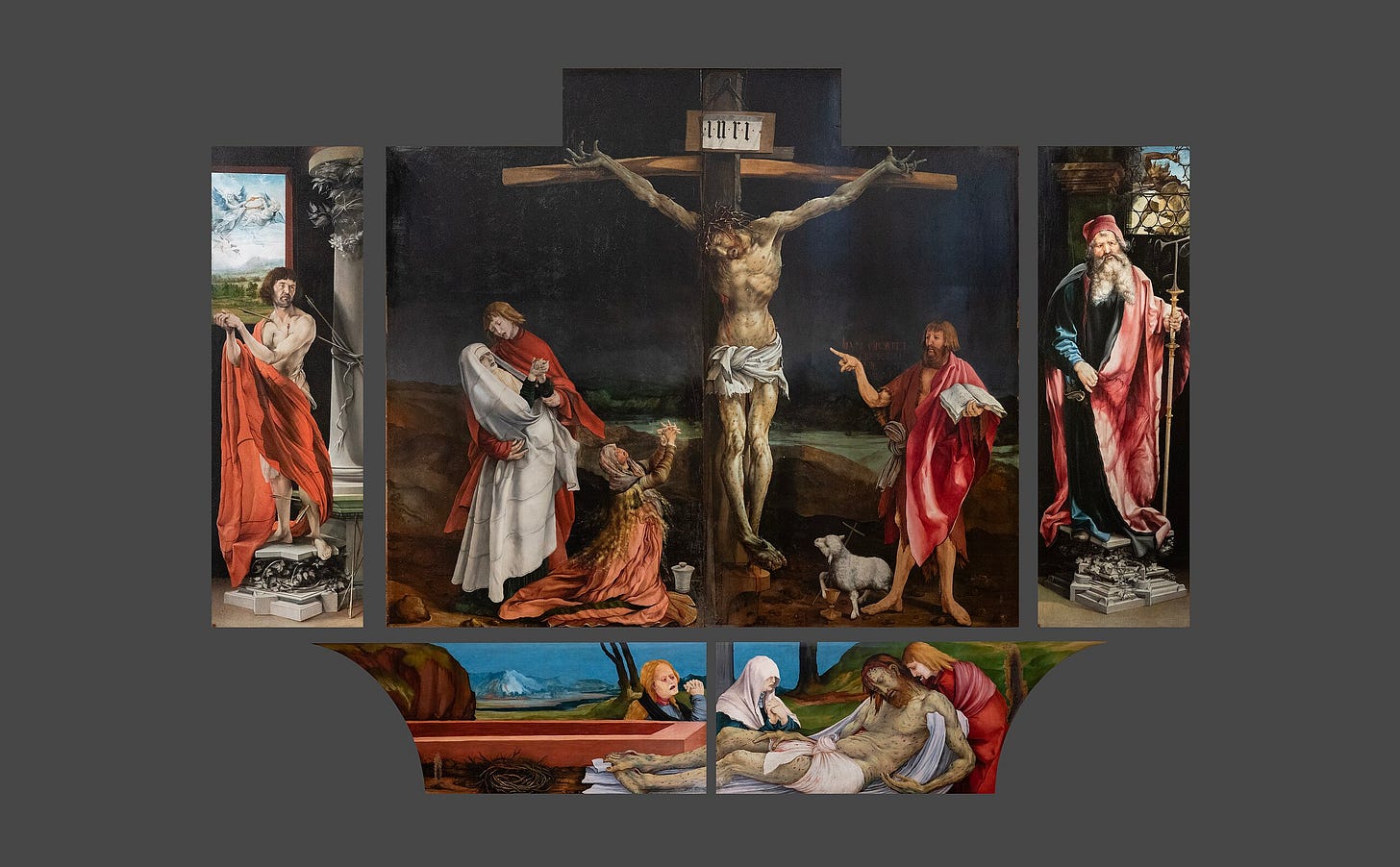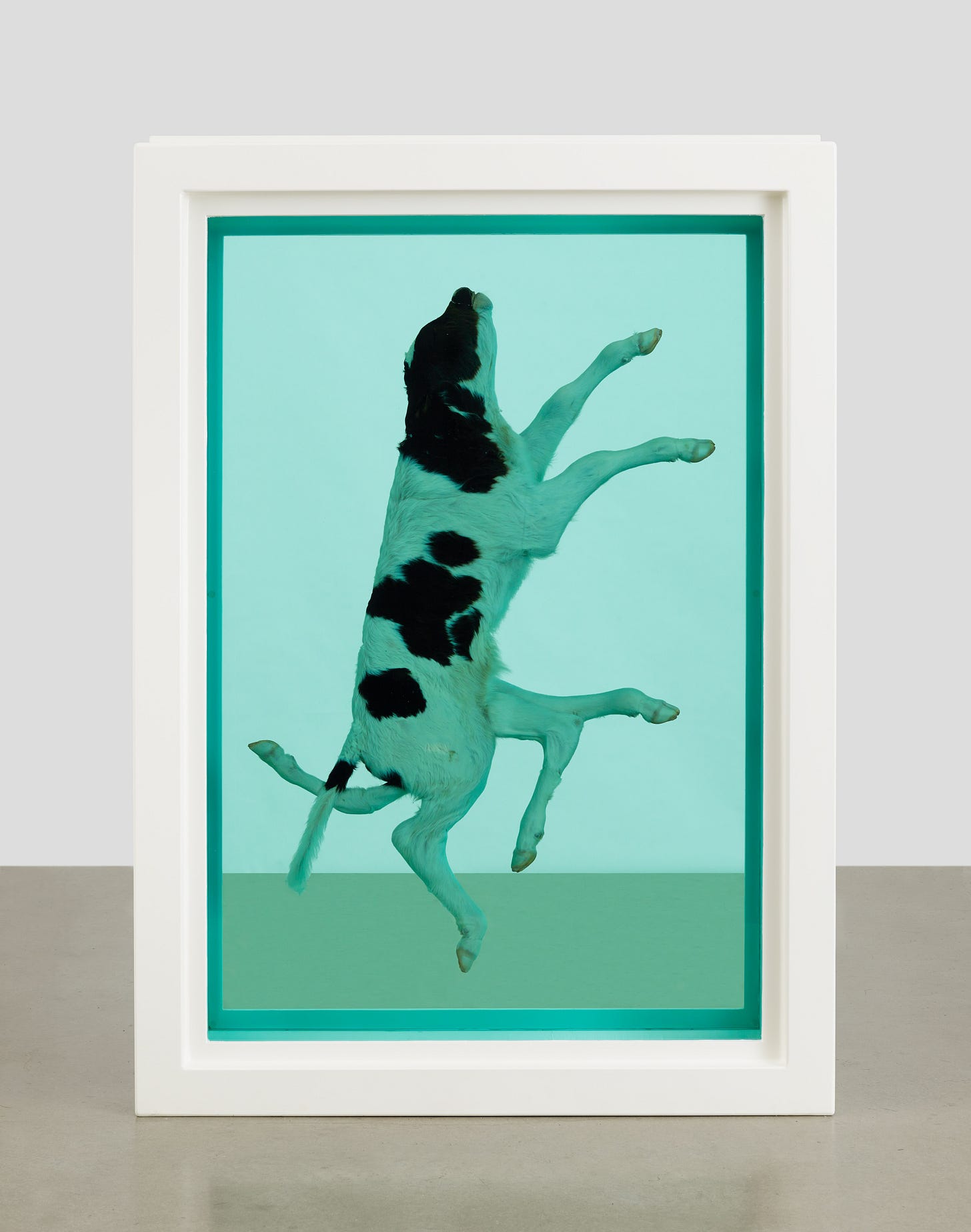I had a conversation with my students about a Jørgen Leth film The Perfect Human as well as the Lars Von Trier documentary titled the Five Obstructions (made in 2001) in which Trier challenges Leth to remake his film five more times. We discussed the notion of what a “perfect” human could even be. As I mull it over in my mind I am drawn to Flannery O’Connor. A writer of characters, we are far from being perfect.
Her stories are worlds filled with senseless violence, suffering, and death. People are not botoxed or surgically altered to fight the constant forces of gravity and time. They are grotesque. Good men are hard to find and often they get murdered or betrayed.
My friend Tim Basselin puts it this way in his book Flannery O’Connor: Writing a Theology of Disabled Humanity:
O'Connor does not say that the grotesque can be good. She does not offer the reader a pastoral platitude that God can use evil as a tool to work all things together for good. Good is not outside of the grotesque waiting to be bestowed. Instead, she says the face of the good is grotesque.
That is a strange statement. The face of the good is grotesque? I have seen a lot of grotesque art, do you see the face of something good in the following images?
Grotesque Sculpture on the Church of Santa Maria Formosa,
photo by Jean-Pol GRANDMONT
Of course the gargoyles may be a different sort of grotesque. They are a fantasy of a sort. What about Rembrandt’s accurate depiction of a real life human being:
Beggar with a Wooden Leg, ca. 1630
by Rembrandt
This etching of a beggar reminds me of a quote Josh Bishop shared on his Substack recently: “Evangelism is one beggar telling another beggar where he found bread.”
I suppose when I compare Rembrandt’s beggar to Christ I can see that there is something beggarly and grotesque about this:
Isenheim Altarpiece, 1512-16
by Matthias Grünewald
Ultimately, I think Basselin and O’Connor are onto something. Christ says that he comes for those who are sick, not those who are well. I think we all have far more in common with the monsters that fill the pages of O’Connors work, or the gargoyles that line the edges of churches, or the beggars out on the street corner than we realize.
But this is not something you can just be told. This is something you have to see. You have to see yourself as grotesque.
Basselin again:
O'Connor does not simply tell her readers of this mystery, for the mystery cannot be told. The mystery of Christ's salvation is not told in the Sermon on the Mount. The mystery resides in God taking on flesh and dying for the sake of the world. Christ had to live out the mystery of suffering, embodying it, and so did O'Connor, and so do we.
The following two works of art help me see this from a sideways angle. Via cows instead of humans.
The Two-Headed Calf By Laura Gilpin Tomorrow when the farm boys find this freak of nature, they will wrap his body in newspaper and carry him to the museum. But tonight he is alive and in the north field with his mother. It is a perfect summer evening: the moon rising over the orchard, the wind in the grass. And as he stares into the sky, there are twice as many stars as usual.
The Ascension, 2003
by Damien Hirst
Our imperfections highlight our needs. Where we are weak, where we are ugly, where we are old, where we are poor, it is there that we finally acknowledge that we are human and we need help. It is the beggars who are willing to receive the hand which is offering bread for them to eat. Many healthy people will pass on a free lunch, having eaten their fill.
The Feast at the House of Simon, 1737
by Pierre Subleyras
The two headed calf sees twice as many stars in his short life. The six-legged cow carries less weight on each hoof. We memorialize the grotesque because they challenge our imagination. They make even the most mundane task seem different. There is a flurry of activity happening in the painting above but hardly anyone is actually feasting aside from the dog.








I forgot about Damien Hirst's Ascension... boy if that doesn't make you stop and think twice...
Also, Laura Gilpin's poor little calf makes me think of the scientists who are now trying to eliminate "unwanted genetic mutation" such as Down's syndrome. For that one night he got to see more stars that we ever will.